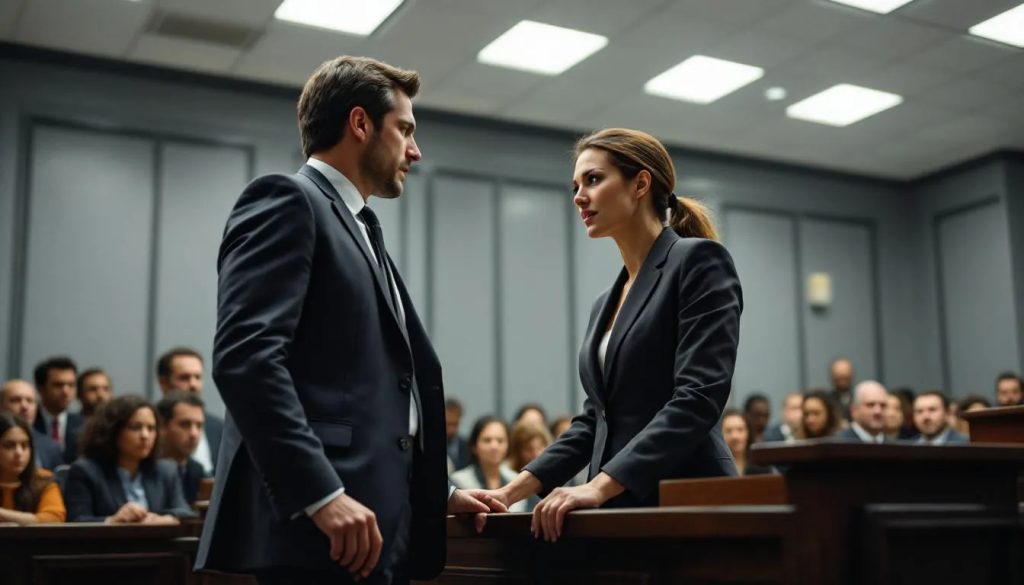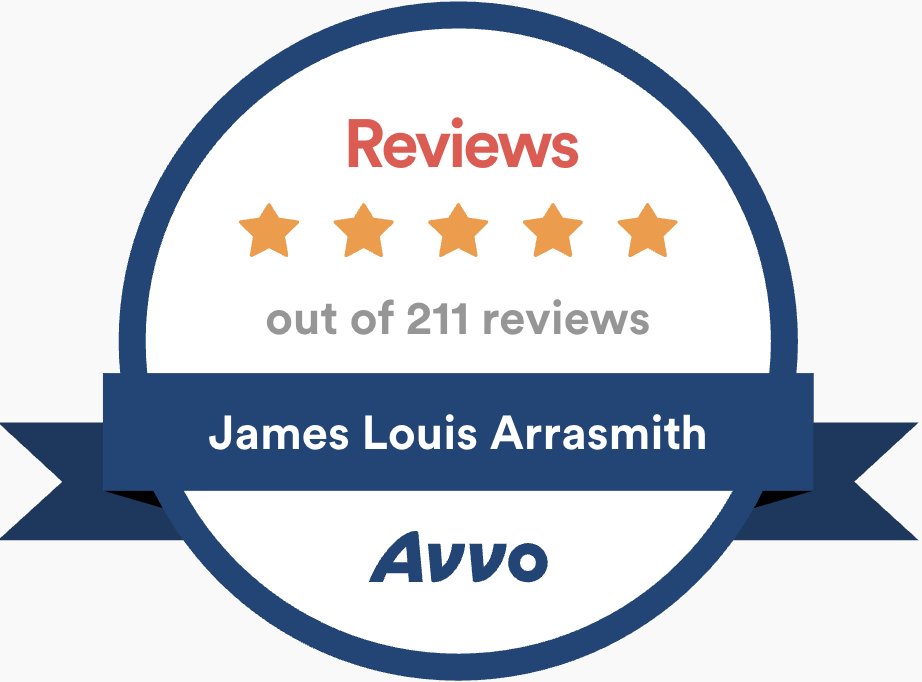California Custody Rules: The One Insight That Changes Everything
Authored by Izzat H. Riaz – Californian Paralegal, Certified Lawyer (U.K LL.M.)

Let me be honest – most people walk into California custody court thinking it’s a fight. They think it’s about “winning” the kids or “proving” they’re the better parent. I’ve seen it over and over again: two parents, both exhausted, both scared, both convinced that the only way to protect their child is to fight harder than the other.
But here’s the truth California courts don’t advertise, custody law in this state is not designed to fuel battles. It’s designed to prevent them. And understanding that one idea can change everything about how you approach your case.
The System You’re Not Supposed to Miss
California’s custody laws are built on one guiding principle: children do best when they have frequent and continuing contact with both parents, provided it’s safe. The law doesn’t start from a place of “Mom versus Dad.” It starts from the assumption that both parents matter.
I’ve worked on many cases where this realization alone defused months of hostility. Once parents understood that the court was not choosing “winners,” they started focusing on building workable plans instead of trying to destroy each other.
The court recognizes three main custody structures:
- Joint Legal Custody: Both parents share decision-making on things like education, healthcare, and activities.
- Joint Physical Custody: The child spends significant time with both parents — not always 50/50, but enough to maintain strong bonds.
- Sole Custody: Reserved for cases where cooperation isn’t possible, or safety is an issue.
When parents file for custody, California judges expect them to create a parenting plan that addresses all aspects of care – from holidays to medical choices, and to submit it for approval.
What Judges Actually Look For (And What They Don’t)

I always tell clients: judges aren’t mind readers, and they’re not interested in personal vendettas. They’re focused on one thing only, the best interests of the child.
In practice, this means judges evaluate:
- The child’s age and emotional needs.
- The bond between the child and each parent.
- Each parent’s stability – school, housing, community.
- Involvement – who attends appointments, school meetings, activities.
- Any history of violence or abuse (this is non-negotiable).
- Substance abuse or mental health concerns that could affect care.
- The child’s own wishes, if old enough to express them.
If I had to simplify this, I’d say: the judge wants to know who is actually parenting — not who’s shouting the loudest.
The Secret Weapon: Mediation

Most parents don’t realize that California courts require mediation before a custody hearing. It’s not a suggestion; it’s the law.
And yet, mediation is the part of the process that people undervalue the most. In my experience, it’s also the part that saves the most families – financially and emotionally.
In mediation, parents work with a neutral professional to create a detailed parenting plan. If they agree, that plan becomes a court order. No courtroom. No character attacks. No $50,000 legal bill.
I’ve seen parents walk into mediation ready for war and walk out with a working schedule they both support – because when they’re finally able to focus on their child instead of the conflict, common sense takes over.
Legal Custody vs. Physical Custody (In Real Terms)
Here’s where everyone gets confused, and understandably so.
- Legal Custody means who makes the major life decisions – school, healthcare, religion, extracurriculars.
- Physical Custody means where the child actually lives and how time is divided.
You can have joint legal custody but sole physical custody, or vice versa. It’s not one-size-fits-all; it’s what works best for the child’s needs and the parents’ realities.
Why the “Best Interest” Standard Is So Powerful
California’s best interest of the child standard is one of the most progressive in the country. It throws out outdated assumptions about gender and parenting roles. The court doesn’t care if you’re the mother or the father – it cares about who’s nurturing the child, maintaining stability, and supporting the child’s relationship with both parents.
That’s the beauty of this law. It demands that each parent rise above ego and think about the child’s day-to-day life, not just their own hurt or resentment.
When Cooperation Fails
When parents can’t agree, and it happens – the case moves to a hearing. That’s when things become formal: evidence, witnesses, financial disclosures, and expert evaluations may all come into play.
The court then issues custody and visitation orders, setting out legal rights and parenting schedules. These orders are enforceable and binding, and changing them later requires proving a substantial change in circumstances. That’s why your first custody order matters so much, it often becomes the foundation for years to come.
What Everyone Forgets: Children Have Voices Too
By the time children reach their early teens, California judges start listening more closely to their preferences. It’s not the only factor, but it carries weight.
That’s why I always caution parents against parental alienation – those subtle (or not-so-subtle) efforts to turn a child against the other parent. Judges notice it, and it can destroy your credibility.
Your child’s relationship with both parents is sacred. Protect it.
Emergency and Temporary Orders
In true emergencies – threats, violence, abduction risks – the court can issue temporary custody orders almost immediately. But those are meant to stabilize, not to replace, long-term parenting arrangements. Once safety is restored, the case returns to standard proceedings.
Changing a Custody Order
You can request a modification, but only if something major changes – relocation, work schedules, new safety issues, or the child’s needs evolving with age. The burden is on you to show that the change serves your child’s best interest, not just your convenience.
Judges value consistency, and rightfully so. Kids need stability. That’s why modifications must be evidence-based, not emotionally driven.
What I Tell Every Parent
- Mediation is your best friend. Use it. It saves time, money, and relationships.
- Joint legal custody is the default unless proven harmful. Don’t fight it – work with it.
- Safety trumps everything. Abuse, neglect, and substance issues will define outcomes.
- Documentation wins cases. Keep records of your involvement and consistency.
- Cooperation costs less than conflict. Every hour of arguing is another bill — financially and emotionally.
My Final Thought
California’s custody laws aren’t your enemy – they’re a framework for building structure around chaos. The problem isn’t the system; it’s that most parents enter it unprepared.
When you understand that the court’s goal is to keep your child safe, stable, and loved by both parents, everything shifts. You stop fighting for control and start building a plan.
That’s when you stop surviving the process – and start leading it.













